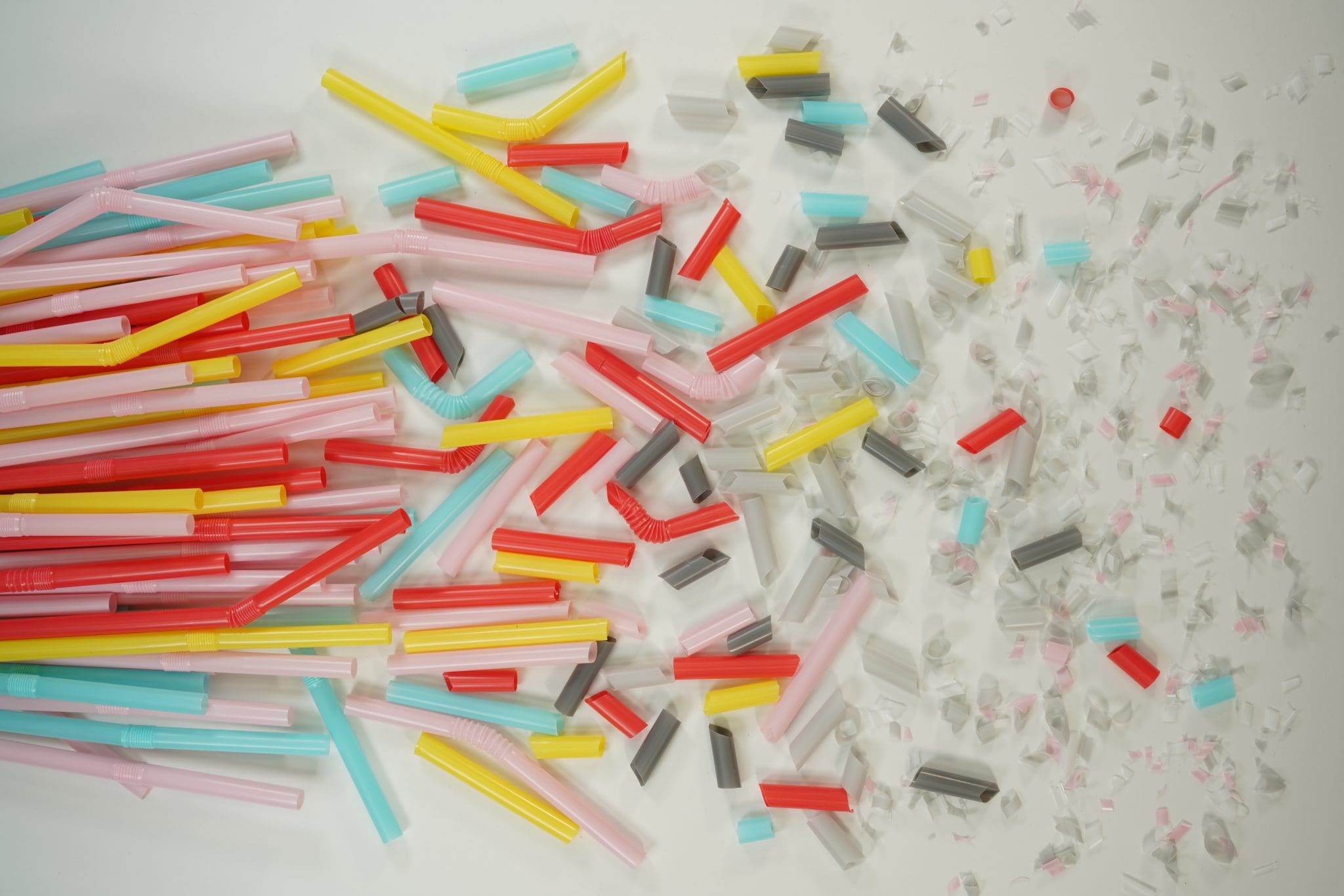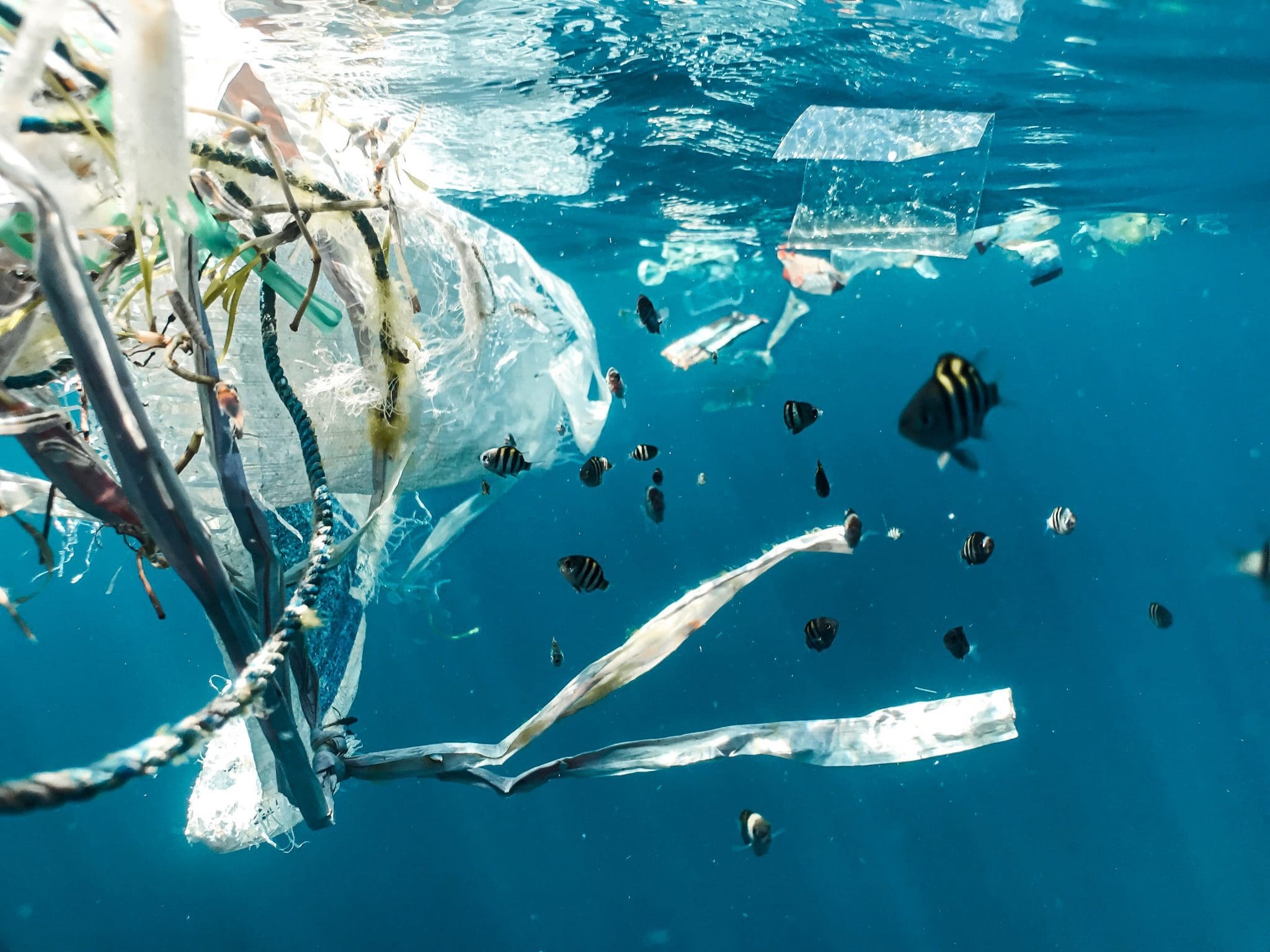On March 4, 2015, New Jersey Representative Frank Pallone introduced a daring bill to the House of Representatives with a simple goal: ban the production of microbeads. The bill, titled the Microbead-Free Waters Act of 2015, would radically overhaul our country’s environmental protections by forbidding microplastic from being added to cosmetic products. In May 2015, the bill was sent to the Senate, and was signed into law by then-president Barack Obama in December 2015. This made the United States the first country to universally ban microbeads.
In the aftermath, all production of microbeads for any rinse-off cosmetics was barred from continuing after July 1, 2019. Nationwide, the law helps to protect our marine environments from a pervasive (and invisible) threat, and while it is a step in the right direction, we might have been too late. There is evidence to suggest that as microplastics wash into our oceans, they also wind up in our beach sand.
What are microplastics?
Microplastics are small pieces of plastic broken down from a larger product. This type of pollution is specifically defined as any fragment of plastic less than five millimeters in length. Microplastic enters the environment through one of two main pathways. First, larger sources of plastic like soda bottles and fishing line break down through natural weathering processes into smaller chunks. Second, microplastic, in the form of microbeads from cosmetic products or microfibers from laundering synthetic fabric, enters the water stream through runoff. This runoff plastic is frequently too small to be filtered out by current water processing efforts. For both scenarios, however, the end point is the same: the ocean.

Photo courtesy of FLY:D
Microplastic in our water
Depending on the form it takes, plastic has an incredibly high shelf-life. Some types can last for thousands of years. As such, the plastic in our waterways will persist, and as more and more microplastic enters the environment, it will inevitably accumulate. Given that most forms of plastic are less dense than water, microplastic is usually found floating on the surface. Microplastic can, however, sink into the ocean due to wave turbulence as well as the accumulation of algae, which increases the plastic’s density. Tracking the movement of microplastic throughout marine environments is currently a growing body of research, but there is plenty of information on where we can find it.
As microplastics sink, they are carried throughout the global oceans by currents. A 2021 study published in Nature Communications revealed that over 70 samples taken from the Arctic ocean contained some amount of microplastic. Microplastics have even been found in the Mariana Trench, the deepest part of our oceans.
As all this plastic continues to permeate through marine environments, it also begins to infiltrate food chains. Curious animals ingest plastic (either intentionally, by nibbling on large pollution, or accidentally, by swallowing microplastic), which then moves up the food chain to humans. While microplastic is abundant in our planet’s marine and biological systems, it is also found on our beaches.

Photo courtesy of Naja Bertolt Jensen
Microplastic in our beach sand
One of the first recent studies to quantify the presence of microplastic in beach sand was published in 2016. Xubiao Yu and colleagues took five sand samples from three separate Chinese beaches and analyzed them under a microscope for traces of microplastic. The researchers found an average of 102.9 to 163.3 pieces of microplastic per kilogram of sand across the samples, with the higher amounts corresponding to beaches with higher human activity. Yu and colleagues made the argument that the presence of microplastic in beach sand correlates to tourism activity—more tourism might mean more plastic. While this study does not reference New Jersey’s beaches, it serves as a framework for understanding how invisible plastic may wash up on the Jersey Shore.
New Jersey boasts 130 miles of coastlines, and the Asbury Park Press reports that 17 million people visited Ocean and Monmouth County beaches in 2018. It’s inevitable that plastic accompanies these beachgoers. Wawa bags, water bottles, and beach badges are some of the many synthetic staples of summertime at the Jersey Shore.
Given the findings of Yu et al.’s study, it’s possible to argue that Jersey Shore beaches are bound to follow a similar trend, assuming the microplastic pollution problem hasn’t already hit us.
Featured image courtesy of Brian Yurasits
About the Author/s
I'm a scientist obsessed with New Jersey's environment and geology. I'm probably reading science fiction. Or watering my plants.
